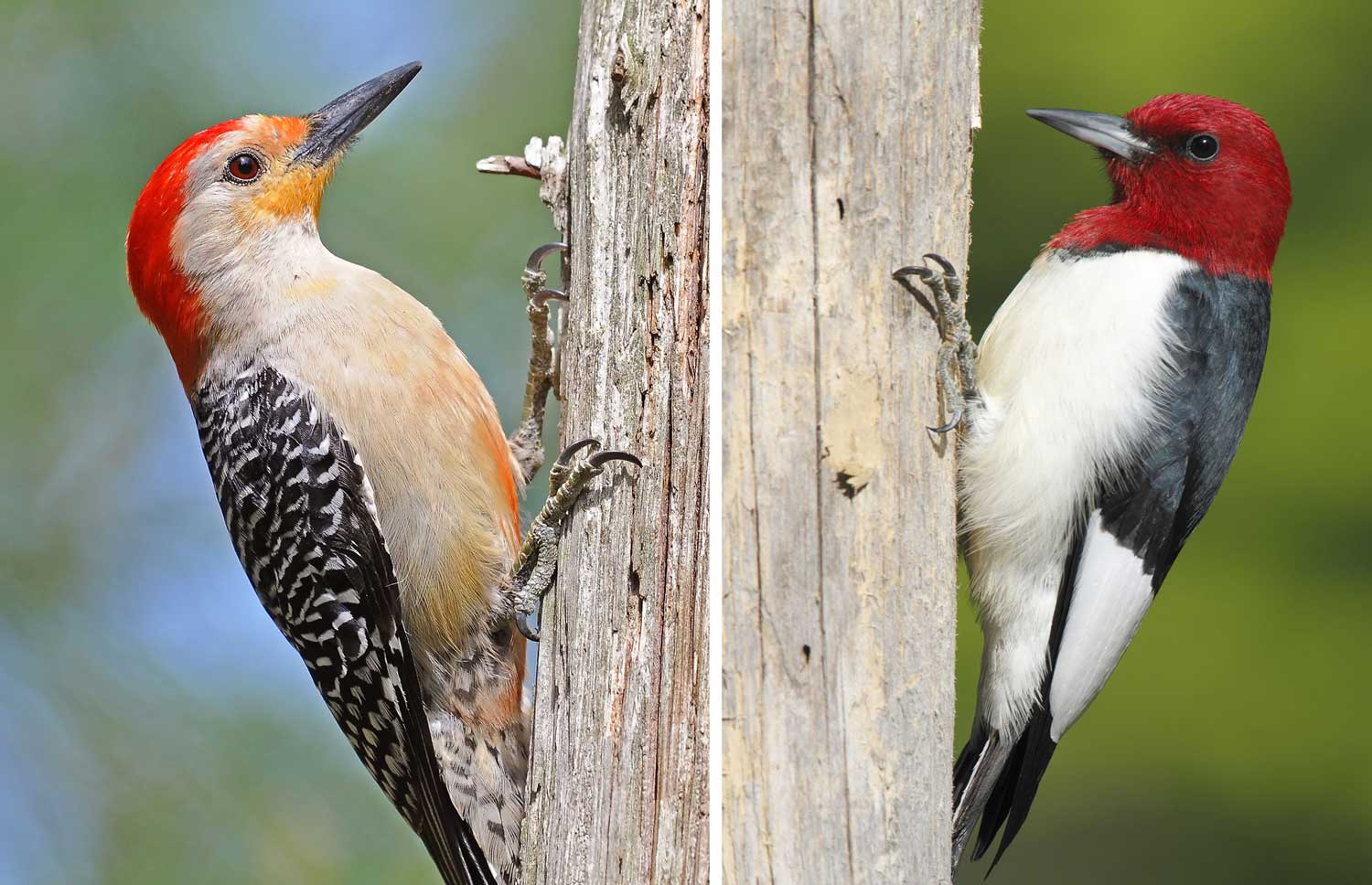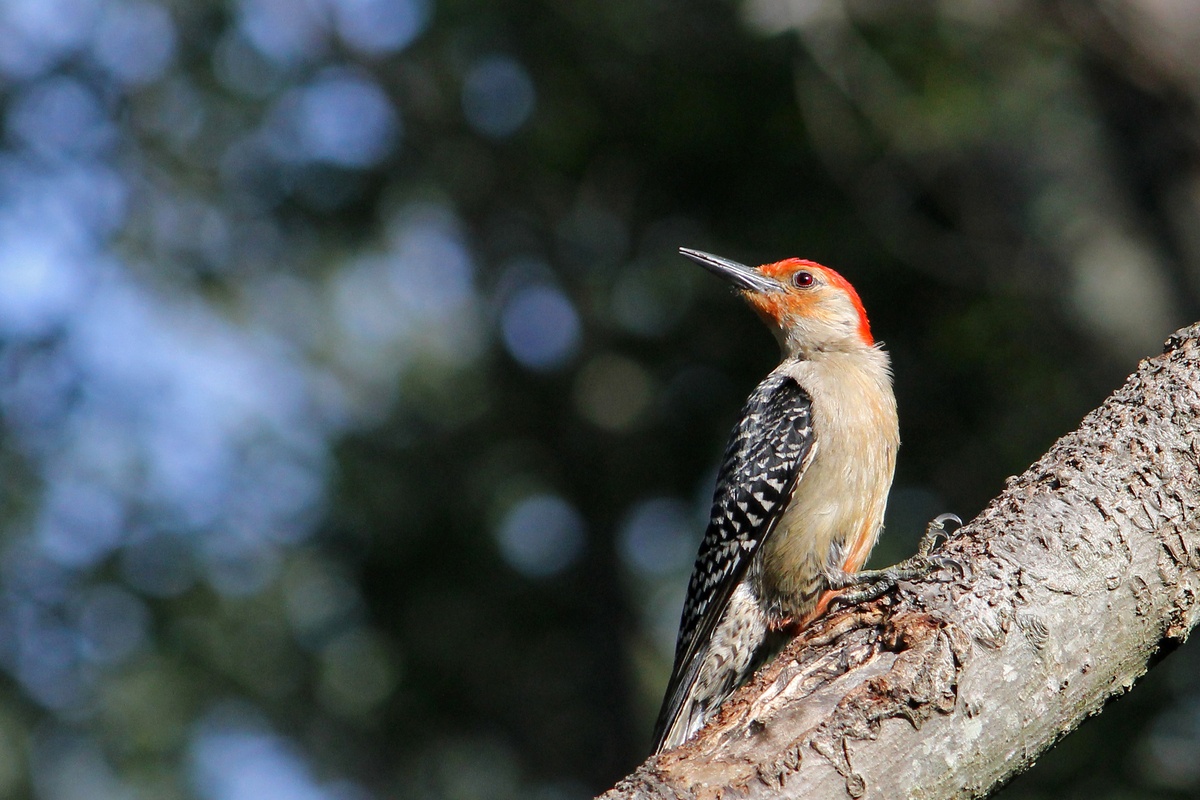Introducing the Tricks of Woodpeckers: Actions, Environment, and Much More
Woodpeckers, with their one-of-a-kind behaviors and specialized adjustments, have actually lengthy interested researchers and nature enthusiasts alike. These amazing birds have a variety of interesting tricks that lost light on their survival approaches, habitat preferences, and elaborate interaction approaches. By revealing the enigmas surrounding woodpeckers' behavior and habitat options, a deeper understanding of these avian marvels arises, using a glance right into their remarkable globe. So, what makes these birds really extraordinary, and exactly how do they browse their setting with such accuracy and ability? Let's check out the fascinating realm of woodpeckers and decipher the enigmatic details that make them such interesting subjects of research.
Woodpecker Behavior Insights
In analyzing woodpecker actions, an interesting display of specialized abilities and adaptations arises, shedding light on their impressive environmental particular niche. Woodpeckers, understood for their distinct drumming on trees, possess a variety of behavior traits that add to their survival and success in their environment.
Moreover, woodpeckers exhibit a special feeding actions defined by their capacity to essence pests from tree bark using their specialized beaks. Their long, barbed tongues help in recording prey, while their strong neck muscular tissues offer security and precision throughout pecking motions. This feeding method permits woodpeckers to access covert insect larvae and remove them with impressive efficiency.
Habitat Preferences and Choice
What elements influence the habitat preferences and selection of woodpeckers? One crucial factor affecting woodpecker environment option is the accessibility of appropriate nesting sites. Woodpeckers generally choose forests with a mix of fully grown trees that give adequate chances for tooth cavity excavation.
Additionally, woodpeckers show a choice for environments with a plentiful supply of food sources. They are largely insectivorous, preying on beetles, ants, larvae, and various other insects found in worn out wood or tree bark. Woodpeckers tend to prefer wooded locations with a diverse insect population to fulfill their dietary needs.
In addition, the existence of dead or decaying trees is an additional essential factor in woodpecker environment selection. These trees not just offer food resources however also use suitable substratum for cavity excavation. Dead trees are essential for the visit the site upkeep of healthy woodpecker populations, as they play a vital function in the woodpeckers' life cycle and environment dynamics.
Feeding Routines and Diet Structure
Woodpeckers demonstrate a specialized feeding habits concentrated on foraging for pests within various habitats. In addition to pests, woodpeckers additionally consume tree sap, fruits, nuts, and seeds, adding range to their diet regimen depending on the season and availability of food resources.
The foraging techniques of woodpeckers are well-adapted to their arboreal lifestyle (Woodpeckers in Florida). Their ability to dig deep into timber not just gives them with food yet additionally aids in developing nesting dental caries and developing areas. Woodpeckers play a critical duty in keeping the wellness of woodlands by regulating insect populaces and helping in the disintegration of timber. Comprehending their feeding routines and diet plan structure is vital for conservation efforts targeted at maintaining these special and important birds.
Drumming Seems and Interaction
Using rapid drumming audios on different surfaces, woodpeckers use an unique form of interaction to signal region limits and attract friends. This drumming habits is not only a way of communication yet likewise offers as a method for woodpeckers to develop their existence within a particular location. The strength, rate, and pattern of the drumming can share important info to various other woodpeckers in the area.
Woodpeckers use drumming noises to announce their existence in a territory and to alert off potential trespassers. The loud and repetitive nature of the drumming works as a clear signal to various other woodpeckers that the area is currently claimed. This assists in reducing disputes and minimizing physical fights in between individuals.

Survival Adaptations and Specialized Composition

Final Thought
Finally, woodpeckers exhibit one-of-a-kind habits, such as drumming sounds for interaction, and have specialized anatomy for survival in their picked my review here habitats. Their feeding habits and diet regimen structure further show their versatility to various atmospheres. By understanding these aspects of woodpeckers, scientists and conservationists can much better safeguard and preserve these remarkable birds and their communities.